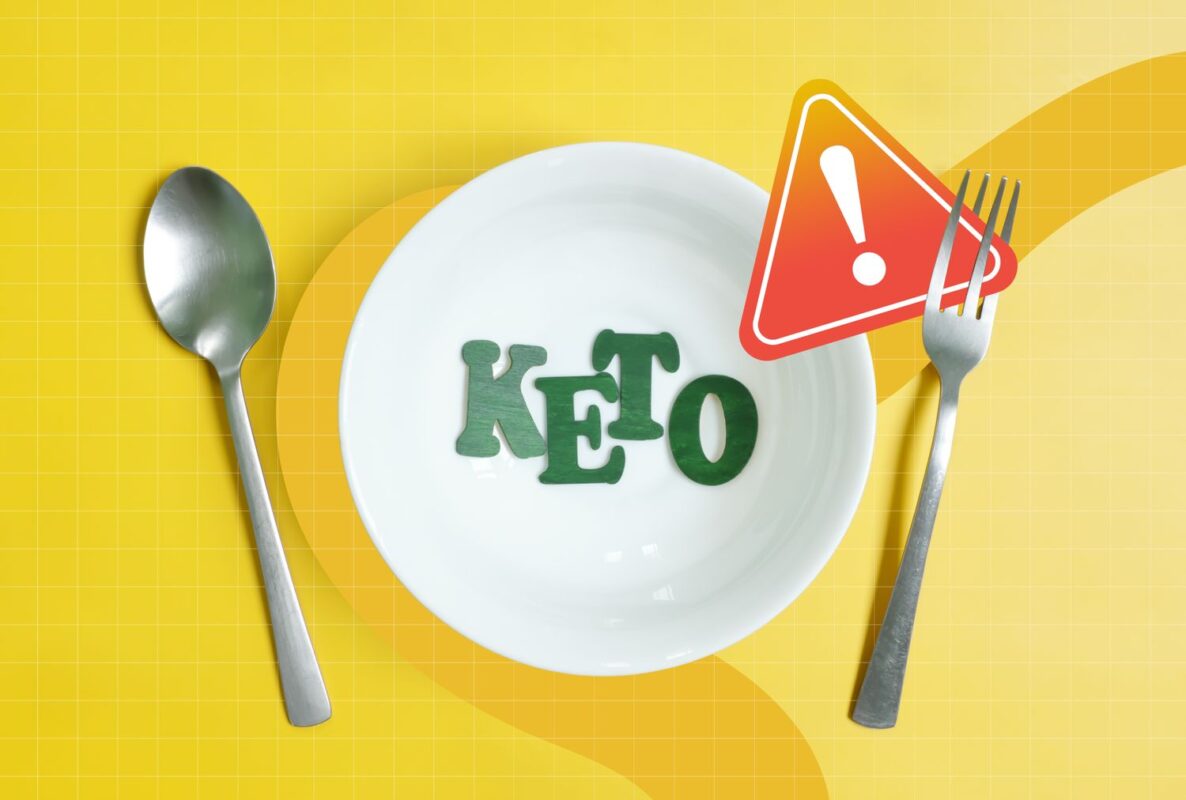Blog
Dietitians’ #1 Breakfast to Reduce Your Risk of Stroke

- A bowl of oats with nuts and berries is one of the best breakfast options to help lower stroke risk.
- This meal packs potassium, soluble fiber, anthocyanins and other blood-pressure-friendly nutrients.
- Regular exercise, quitting smoking and limiting alcohol can also help reduce your risk of stroke.
Eating a healthy breakfast each morning is about more than just fueling up for the day ahead. It also impacts your long-term health, including your stroke risk. If you’re looking for the best breakfast to reduce your risk of stroke, registered dietitians suggest you start your morning with a bowl of oatmeal topped with nuts and berries. This simple combination is packed with nutrients that keep your blood vessels healthy and your blood pressure in check, both of which are key in lowering your stroke risk.
“High blood pressure is the leading cause of stroke,” says Romy Nathan, M.P.H., RDN. “The DASH—Dietary Approaches to Stop Hypertension— trial showed that a diet rich in fruits, vegetables, whole grains and low-fat dairy, and low in saturated fat, added sugars and sodium can lower blood pressure as effectively as some medication.”
Curious to learn exactly how a simple breakfast can reduce your risk of stroke? Here’s what you need to know.
Why Dietitians Love Oatmeal with Nuts and Berries for Breakfast to Help Reduce Your Stroke Risk
Here are a few reasons why oats topped with nuts and berries is a solid choice if you’re looking to lower your risk of stroke.
The Breakfast is Rich in Potassium
Oats, nuts like almonds and walnuts, and berries all provide potassium and can contribute to a heart-healthy diet.,, Potassium is an essential nutrient for several reasons, including its ability to help lower blood pressure. The World Health Organization and the American Heart Association recommend eating potassium-rich foods to lower blood pressure. The current recommendations are 3,400 milligrams per day for men and 2,600 milligrams per day for women.
Potassium plays a crucial role in various physiological processes that impact blood pressure, including maintaining fluid balance, balancing acids and electrolytes within the body, and supporting normal cell functioning. Interestingly, increasing dietary potassium can also reduce the effects of sodium. As you eat more potassium, more sodium is lost through urine.
“Potassium causes the kidneys to excrete excess sodium from the body,” says Joan Salge Blake, EdD, RDN. “Keeping sodium levels low can help lower blood pressure.
Oats Are Loaded With Soluble Fiber
Oats are rich in beta-glucan, a type of heart-healthy soluble fiber that binds with bile acids in the digestive tract, helping remove cholesterol from the body. “This in turn helps to lower your LDL levels and keep less atherogenic plaque from accumulating in artery walls,” Nathan says. With less fatty plaque build-up in the arteries, there’s a lower risk of stroke.
Berries are Rich in Antioxidants and Other Blood-Pressure-Friendly Phytonutrients
Berries are rich in antioxidants and phytonutrients, both of which may help reduce the risk of stroke. “Antioxidants neutralize free radicals and reduce inflammation in blood vessels, ultimately protecting the lining of blood vessels from damage,” Nathan says. Meanwhile, the deep blue, red and purple hues in blueberries, strawberries, and blackberries come from anthocyanins, which are a type of flavonoid that can lower blood pressure, improve blood vessel function, and reduce inflammation.
Other Strategies to Reduce Your Stroke Risk
- Cut back on processed red meat. Research shows that eating processed meat can increase your risk of stroke and other forms of cardiovascular disease. “Saturated fat is the primary culprit for increased LDL levels, and reducing it in one’s diet is the first step to healthier blood lipid levels,” Nathan says. “Replacing some animal-based meals with plant-based options can reduce saturated fat intake.”
- Eat more anti-inflammatory foods. “Anti-inflammatory foods help reduce stroke risk by protecting the blood vessel lining from damage caused by chronic inflammation, which can be triggered by aging, poor diet, and other lifestyle factors,” Nathan says.
- If you drink alcohol, do so in moderation. Drinking large amounts of alcohol can raise your blood pressure (which can increase your stroke risk), so it’s best to keep your drinking in moderation. This means one drink a day for women and two drinks a day for men. Research published in the journal Stroke finds that among heavy drinkers, reducing alcohol consumption is associated with a lower risk of stroke.
- Stay physically active. Among people who are sedentary, stroke risk goes way up, research shows. However, regular physical activity, even daily or every other day, can make a significant difference in reducing stroke risk.
Dash diet meal plan to try
7-Day DASH Diet Meal Plan
Our Expert Take
A satisfying bowl of oatmeal topped with nuts and berries is one of the best breakfast choices you can make to lower your risk of stroke. This meal packs potassium, soluble fiber, anthocyanins and other nutrients to keep your blood pressure in check and your blood vessels healthy. You can also reduce your stroke risk by eating less processed red meat, filling your plate with more anti-inflammatory foods, cutting back on alcohol, and exercising regularly. While eating a healthy breakfast and making lifestyle changes are excellent, proactive choices for your health, it’s important to speak with a licensed doctor if you have any health concerns, including about your stroke risk.












